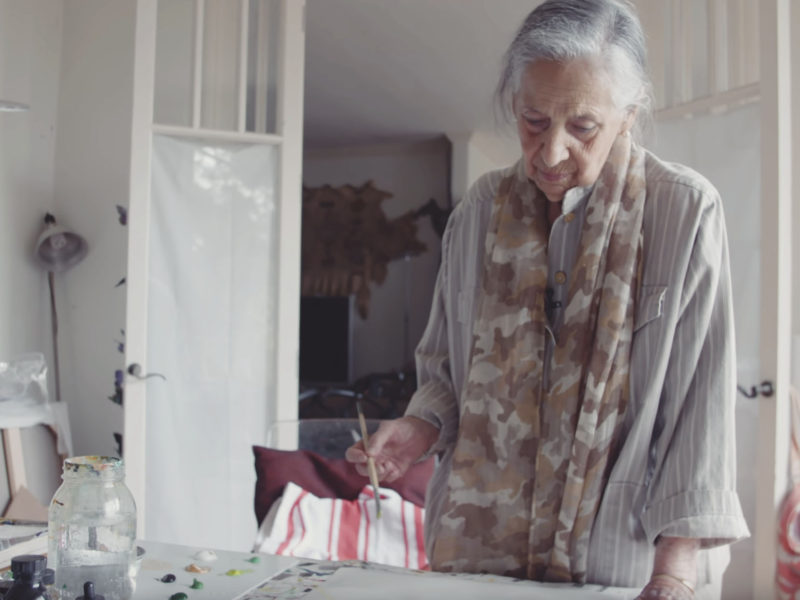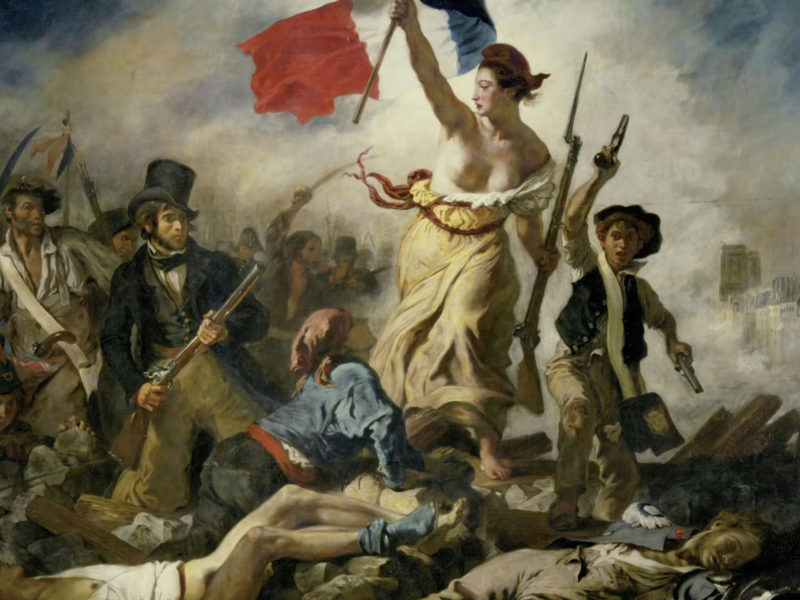The Art Assignment | Jackson Pollock
You’ve heard of Jackson Pollock and know of his infamous “drip paintings,” but what is it that you’re supposed to do when you look at his work today? Why did it cause shockwaves in 1947, and what does it mean now? We explore the life, evolution, and legacy of Jackson Pollock.
Concerned for Pollock’s well-being, Krasner called on Pollock’s mother to help. Her presence helped to stabilize Pollock, and he began to paint again. He completed his masterpiece, The Deep, during this period. But as the demand from collectors for Pollock’s art grew, so too did the pressure he felt, and with it his alcoholism.



